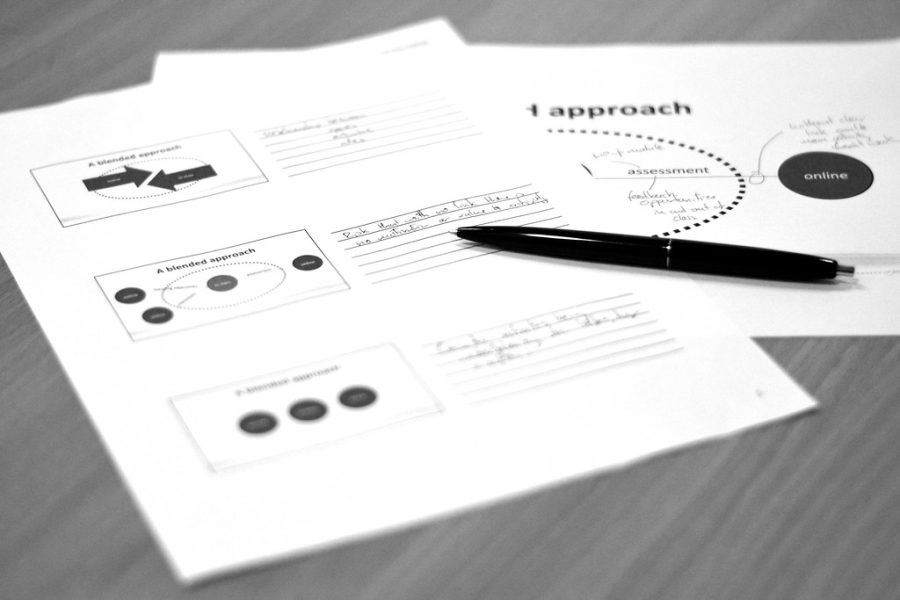Take Note
Note-taking and how to achieve what works best for you
January 24, 2022
Classes are in full swing and the lectures seem to just get longer and longer. With so many classes and so many things to remember, how do you stay organized? While everyone has a different method of note-taking, here are a few to try out if you haven’t found what works best for you.
The Cornell Method
The Cornell Method involves various boxes, segmented away for specific note-taking. This process is best prepared before class. Take your notes as per usual in the biggest column, this is where you will lay your main ideas and points. After all your notes are done, reread them, grouping and marking titles or comments on the other column. Once completed, allow yourself to write a summary or save it as a mini activity when reviewing.
The Outline Method
Begin with your main topic or title as a header. This will allow you to differentiate what notes are what when you need to review later on. After you’ve written your title, simply write down any notes that may belong under. Repeat this process with each new topic.
The Sentence Method
Essays or paragraphs can easily get disorganized when taking notes. This method involves breaking down paragraphs into sentences. When taking notes, write down everything in a sentence, but for each new sentence, leave a space between.
The Mapping Method
The mapping method is best for visual learners. Start off with the main topic and then use lines to branch out the idea, similar to a tree. However, this method may be harder for detailed notes. This method most likely will work best when brainstorming or taking quick-point notes.
Color-Coding
Using colors can help you distinguish different starting and ending points of information. When using this method, it is best to use colors that are visually appealing and bright. For this, it is best to use a new color for each segment. This can be applied to any organizational method.













